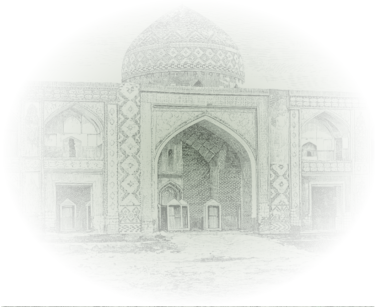Aghgala is a village in the Novo-Bayazid uezd of the former Iravan governorate, later in the former Kavar (Yeni Bayazid, Kamo) district, and currently in the Gegharkunik province. The provincial centre lies 14 km to the northwest of the town of Kavar, on the shore of Goycha Lake, at a height of 1,930 m above sea level. It was marked on the five-verst map of the Caucasus.
The village was inhabited by 39 Azerbaijanis in 1831, 192 in 1873, 253 in 1886, 331 in 1897, 424 in 1904, 507 in 1914 and 520 Azerbaijanis in 1916. In March 1918 the Azerbaijanis were ousted, having been exposed to massacre by Armenians. After the Azerbaijanis had been ousted from the village, it was settled by the Armenians removed from Türkiye. The Azerbaijani survivors returned to their native village after Soviet power had been established in the present-day Armenian territory. The village was inhabited by three Azerbaijanis, 31 Armenians in 1922, 76 Azerbaijanis, 105 Armenians in 1926, 202 Azerbaijanis, 111 Armenians, 55 Kurds in 1931, 442 Azerbaijanis and Armenians in 1939, 287 Azerbaijanis and Armenians in 1959, 2,200 Azerbaijanis and Armenians in 1970. Later on, to pressure the Azerbaijanis to move out from Aghgala, it was merged with the Ayrivang village, and the Azerbaijanis residing in the village were driven out and deported by the Armenian state in 1988.
The toponym was coined by combining the word “agh” used to denote a colour and the word “gala” (a fortress). The name of the village was derived from the name of a white Alban fortress there.
By the decree of the Presidium of the Supreme Soviet of the Armenian SSR dated 3 April 1991, the village was renamed “Berdkunk”. According to the law “On the administrative-territorial division of the Republic of Armenia” dated 7 November 1995, it was integrated into the administrative area of the Gegharkunik province.
Geographic coordinates: latitude: 40°26’ N., longitude: 45°06’ E.
